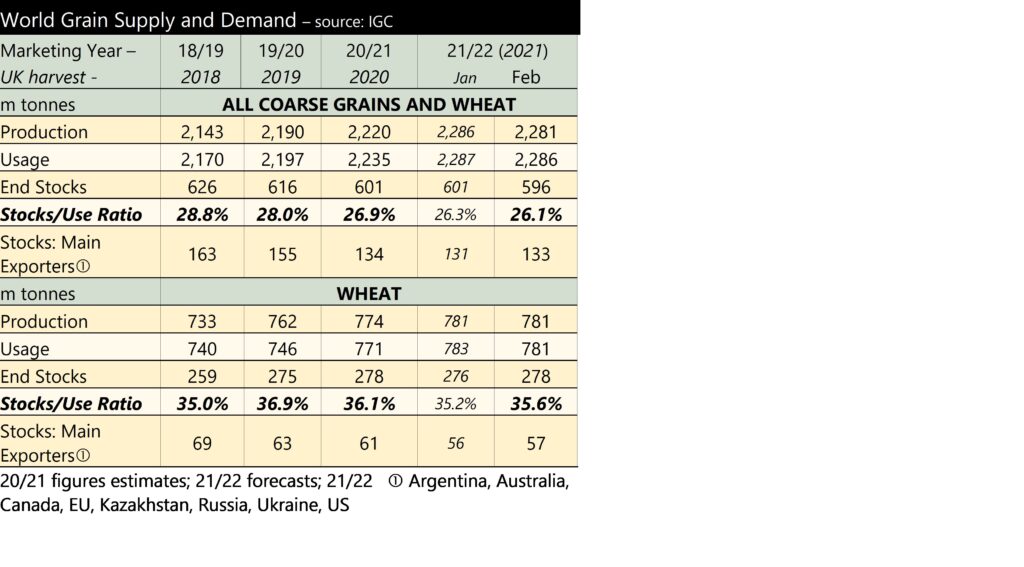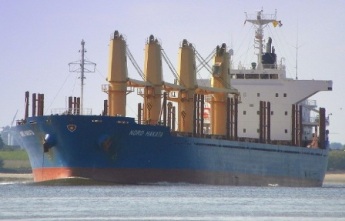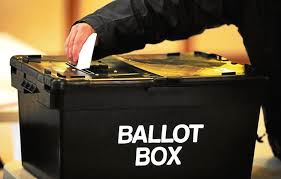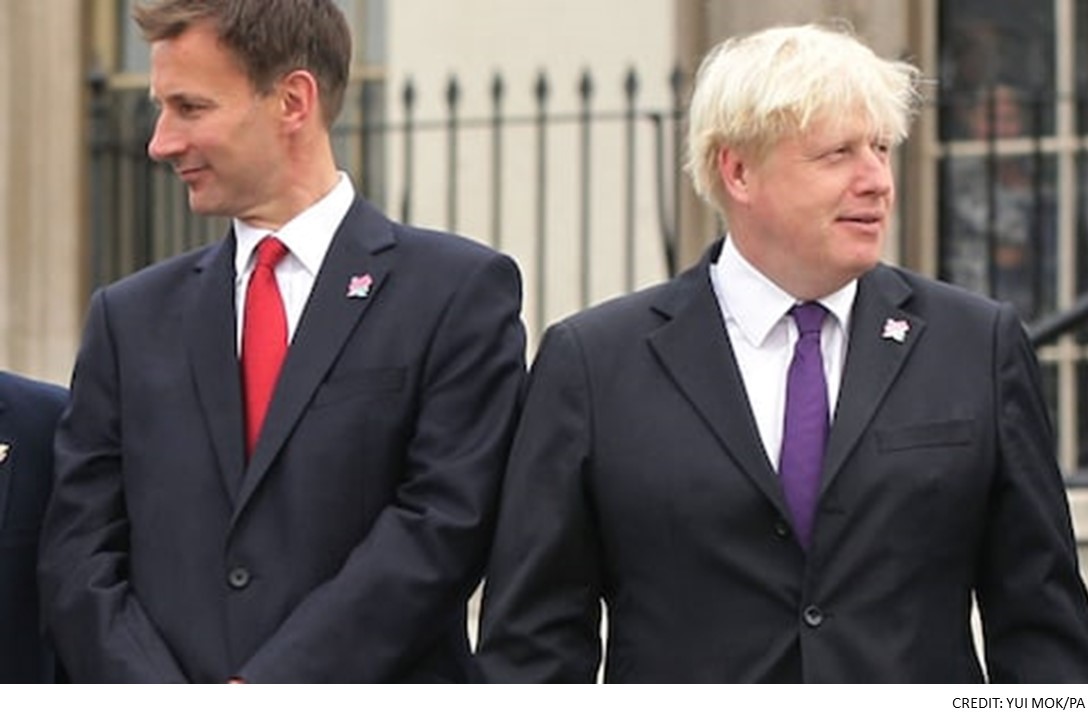The Conservatives have secured their biggest overall majority since 1987. At the time of writing, they have 364 seats (only 1 seat left undeclared) meaning that Boris Johnson will have a projected majority of 78 seats. This is a resounding mandate for the Conservatives and means that unless something totally unexpected happens, the UK will formally leave the EU on 31st January 2020.
Across the UK, Labour’s vote crumbled as it struggled to surpass 200 seats (it won 203). Jeremy Corbyn has announced that he will not lead Labour into another election, but shows signs of sticking around until the electoral post-mortem takes place. Meanwhile, the Liberal Democrats’ strategy also backfired, winning just 11 seats and its leader Jo Swinson was amongst their casualties. They will now have to elect a new leader.
The SNP (48 seats (+13)) emerged as the other big winner of the election, and the issue of Scottish independence is set to feature prominently in the next Parliament. Whether a Johnson administration can keep calls for ‘IndyRef2’ at bay for the entire 5-year term of Parliament remains to be seen. Nothing perhaps is likely to happen until after the Scottish Parliamentary elections in May 2021 and the results of that election will influence the chances of another referendum. In Northern Ireland, for the first time, there are now more nationalist MPs than Unionists, although the non-sectarian Alliance Party also won a seat. The DUP’s vote was down 5.4% and its Westminster leader, Nigel Dodds, lost his seat.
Implications for Policy and Farming
All of this means that the make-up of the next Parliament will be very different to the last and there is finally a bit more certainty in terms of the direction of travel on key policy issues, most notably Brexit. With a majority of 78, the PM also has greater scope to face-down the more extreme elements within his own party, especially the European Research Group (ERG), which could signify a move towards a softer form of Brexit once the Future Relationship negotiations get underway. Already, Sterling has strengthened following the results, rising by 2.5 per cent against the Dollar after the exit polls emerged. Although Sterling has cooled a little since, with £1 currently worth €1.20 (or €1 = £0.83) it shows that investors appreciate the greater certainty arising from the results. From an agricultural perspective, as the Pound and Euro exchange rate for this year’s BPS payments has been already set, it will not affect payments which still remain to be made. However, a stronger Pound is generally bad for UK farm profitability.
A few weeks back, we examined the manifestos of the main Parties (click here for more detail). The most eye-catching policy promise was that the Conservatives would maintain farm support spending at current levels for the term of the next Parliament (i.e. five years) and, in return, farmers will be expected to protect the environment and safeguard animal welfare. Whilst not referring directly to farming in his victory speech, Boris Johnson was keen to emphasise the UK’s commitment to become carbon neutral by 2050.
In terms of migration, the PM referred to a points-based scheme similar to Australia and, for the food and farming industries, the challenge is to now ensure that the skill-sets in short supply make their way onto the Shortage Occupation Lists so that companies can access the labour that they need to function competitively. Although there was a commitment from the Conservatives to increase the size of the Seasonal Agricultural Workers’ Scheme (SAWS) from 2,500 to 10,000, this is inadequate for a sector which employs between 75,000 to 90,000 casual migrant workers alone. Added to which there are another approximately 34,000 regular farm employees that are continental EU nationals and an additional 116,000 EU employees in the food and drink manufacturing sector. This reveals the extent to which the food and farming industries are reliant on migrant labour and industry participants need to work closely to ensure that its voice is heard in the next Parliament.
For the time-being Theresa Villiers continues in her post as Defra Secretary. It is rumoured that the Prime Minister will have a post-Brexit reshuffle after the 31st January and it would be no surprise to see someone else take over at the Department. With new farm policies to put into place, the environment moving up the agenda and food an increasingly hot topic, Defra is now less of a backwater than in the past. The new Conservative administration will almost certainly continue with the ‘public money for public goods’ concept, as encapsulated in the new ELM scheme put forward by Michael Gove. A new Minister could still have a big influence on how the scheme (and policy more generally) evolves at an operational level over the next few years.
Brexit Timeline
The Withdrawal Agreement Bill (WAB) will be re-presented to Parliament in the next few days. With a large majority in the House of Commons this is certain to be passed and, as a manifesto commitment, the House of Lords by convention, will not vote it down. The necessary legislation should pass into law early in the New Year ready for formal exit a 11pm on 31st January 2020.
At this point, the UK will enter into a Transition period (until 31st December 2020). During this, nothing will really change in terms of the UK’s relationship with Europe – trade, migration, travel and all EU rules will continue unchanged as if the UK were still a full member. It is only at the end of the Transition Period that the real effects of Brexit will start to be seen.
There is also still much negotiation to come. The current situation is more akin to the two-legged European football tie and we are only at the end of the first leg. At least now, we know that the 2nd leg will take place, and this relates to the Future Relationship talks with the EU. Attention is now switching to these, which are discussed in more detail in the following article.




